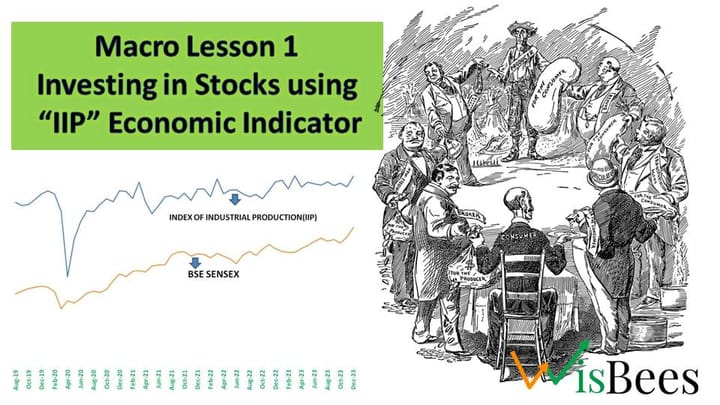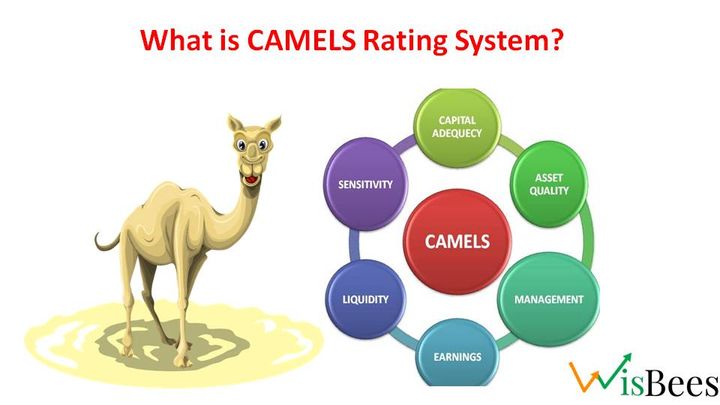Sharpe Ratio

The Sharpe ratio is a financial ratio that measures the risk-adjusted return of an investment or a portfolio. It was developed by Nobel laureate William F. Sharpe and is one of the most widely used methods for evaluating the performance of investment strategies.
It is calculated by subtracting the risk-free rate of return from the expected portfolio return and then dividing the result by the portfolio's standard deviation.
The formula of Sharpe Ratio and its Uses
The formula for the Sharpe ratio is:
Sharpe ratio = (expected portfolio return - risk-free rate) / portfolio standard deviation
where:
Rp = the expected portfolio return
Rf = the risk-free rate of return
σp = the standard deviation of the portfolio returns
The Sharpe ratio measures the excess return (Rp - Rf) of a portfolio, which is the difference between the expected portfolio return and the risk-free rate of return, divided by the portfolio's standard deviation (σp), which is a measure of the portfolio's risk. The higher the Sharpe ratio, the better the risk-adjusted return of the portfolio.
Example:-
Suppose we have an investment with an expected return of 10%, and a standard deviation of returns of 15%. The current risk-free rate is 2%. The Sharpe ratio for this investment can be calculated as follows:
Sharpe ratio = (Rp - Rf) / σp
Sharpe ratio = (10% - 2%) / 15%
Sharpe ratio = 0.53
This Sharpe ratio of 0.53 tells us that for each unit of risk taken on, the investment generated 0.53 units of excess return above the risk-free rate. In other words, the investment generated returns that were 0.53 times its standard deviation above the risk-free rate.
We can compare this Sharpe ratio to that of other investments to determine which investment has a better risk-adjusted return.
Application Of Sharpe Ratio
Overall, it has two important applications.
Comparing investment performance:
It tells us how much return we are getting per unit of risk taken on. Let’s take an example.
Investment A has a Sharpe ratio of 1.5, and Investment B has a Sharpe ratio of 0.5. This means that Investment A has generated higher returns per unit of risk taken on compared to Investment B. Therefore, Investment A is the better choice for investors who want to maximise their risk-adjusted returns.
Portfolio optimization:
The Sharpe ratio can be used as a tool for portfolio optimization, by helping investors identify the optimal allocation of assets to maximize risk-adjusted returns.
It is important to note that while the Sharpe ratio is a useful tool for evaluating risk-adjusted performance, it is not the only factor that should be considered when making investment decisions. Other factors such as liquidity, diversification, and correlation with other investments should also be taken into account when evaluating an investment opportunity.
Key Takeaways
- The Sharpe ratio measures the risk-adjusted return of an investment or portfolio.
- It is calculated by subtracting the risk-free rate from the expected portfolio return and dividing by the portfolio's standard deviation.
- A higher Sharpe ratio indicates a better risk-adjusted return.
- The Sharpe ratio can be used to compare the performance of different investments or to optimize portfolio allocation.
- It is important to consider other factors such as liquidity, diversification, and correlation when evaluating an investment opportunity.



